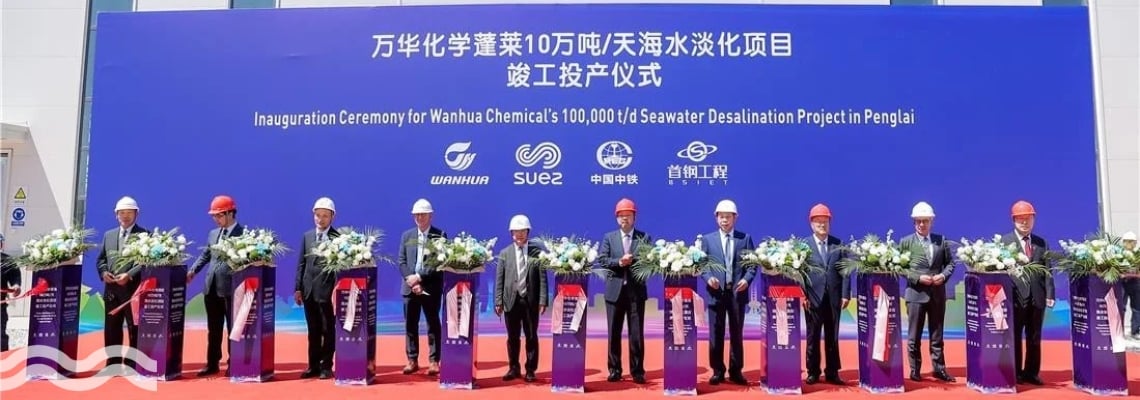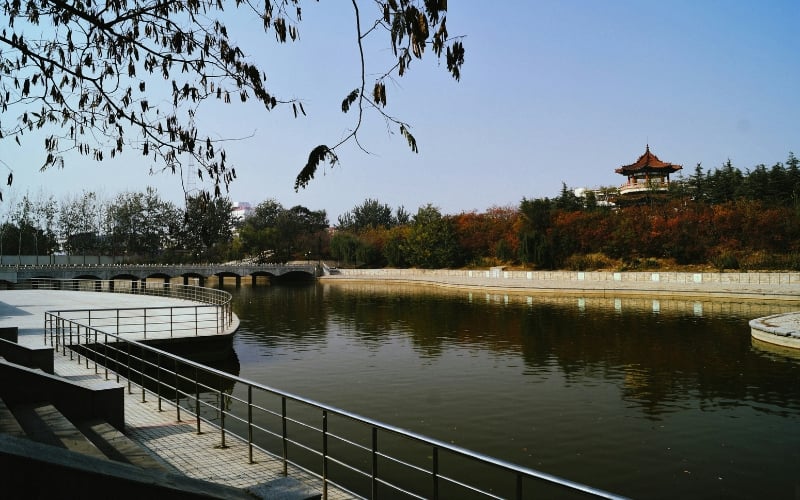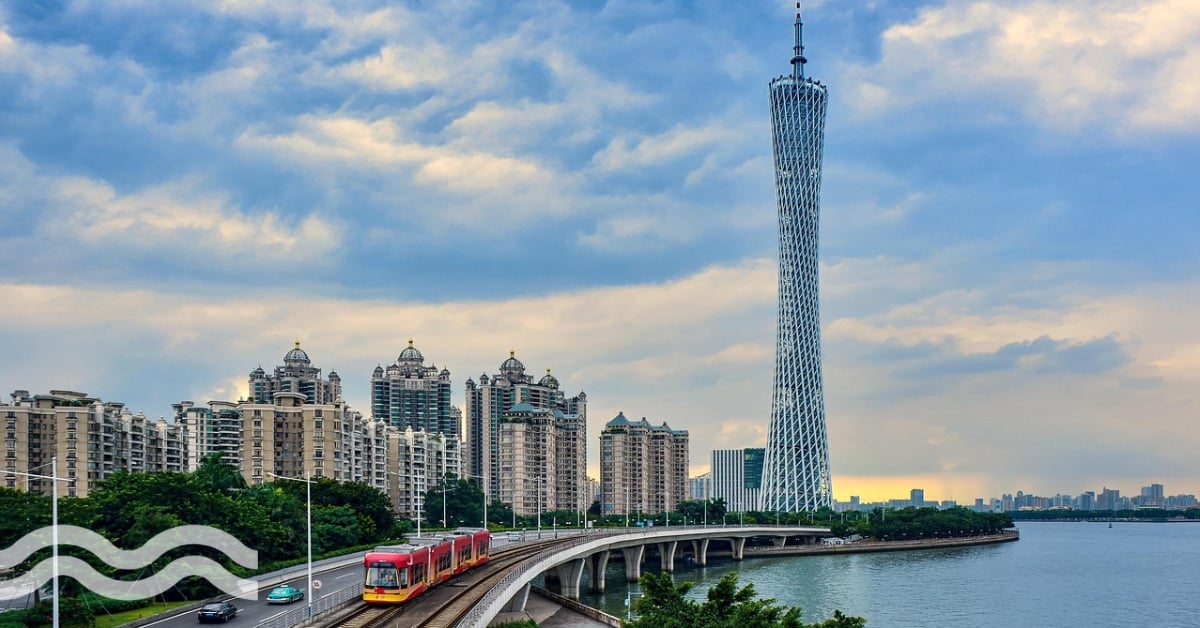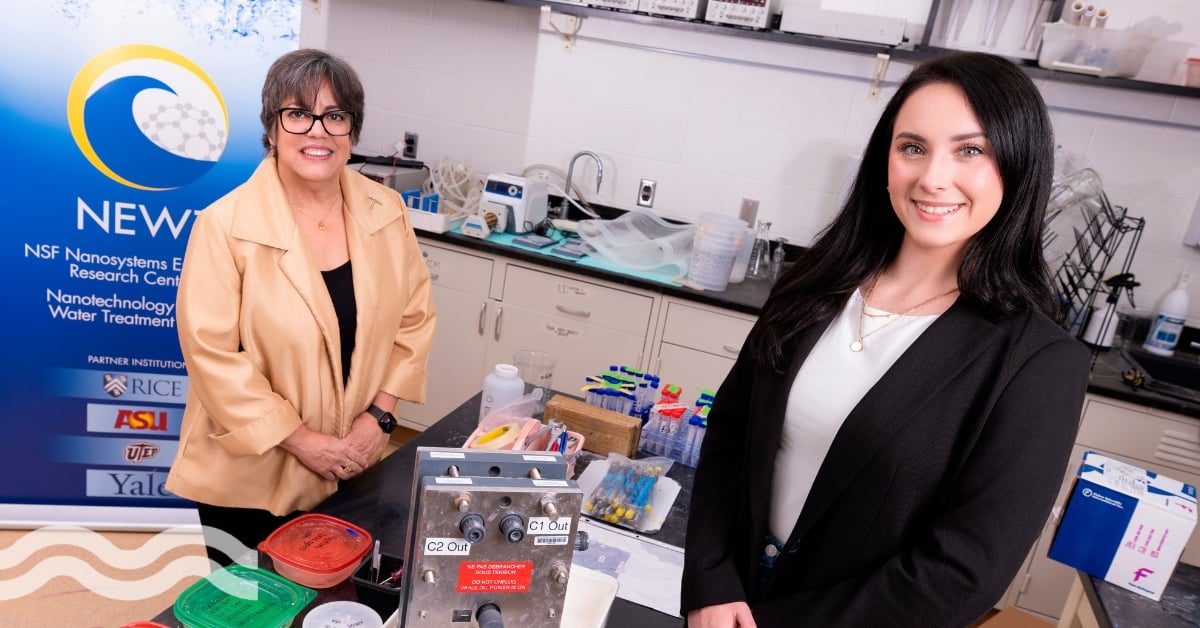
Two major projects at a plant in Shandong Province are helping to drive China’s desalination targets as part of the country’s National Action Plan for Seawater Desalination Utilization 2021. The projects include the largest industrial membrane-based seawater desalination in the country and the first seawater desalination project using thermal drainage from power plants.

China addresses water distribution and scarcity issues
The Chinese government prioritised seawater desalination as part of its 14th Five-Year Plan (2021-2025), to address water scarcity issues accelerated by rapid urbanisation and the demands of industrialisation. A number of regions face accessibility and quality issues, such as the coastal regions of Shandong, Tianjin, and Guangdong.
The national action plan, written in 2021, aimed to increase desalination capacity to 3.5 million cubic meters a day by 2025 and to promote the use of desalinated seawater in urban water supplies.
As part of the 14th Five-Year-Plan, the national government has the ambition to be recognised as a global leader in sustainable water solutions. The latest projects feed into both plans, in both scale and innovation.
Water scarcity in Shandong Province
Shandong Province, in East China, faces an acute water scarcity problem. Per capita water availability is just one-sixth of the national average. It also faces rapid industrialisation and its growing population is the second highest in China. Being a coastal province, bordered by the Yellow Sea and Bohai Sea, seawater desalination has great potential for both industrial and potable use.
Desalination in industrial circular economy
Forming part of the Penglai Industrial Park in Yentai, Shandong Province, the seawater desalination plant was designed and built by SUEZ to support the industrial needs of Wanhua Chemical, one of world’s largest chemical companies.
The seawater desalination plant is the largest industrial membrane-based desalination plant in China. Desalination at the plant is carried out using advanced reverse osmosis membrane technology, achieving 15 per cent cost savings compared to dual-membrane technologies. The system will also be China’s first fully automated desalination plant.
It will be also China’s first seawater desalination project using thermal drainage from power plants in China. The adjacent power plant will provide heated seawater needed for the park’s industry to preserve local freshwater sources and supplies.
Each stage will provide an additional 100,000 tons of desalinated water per day, with the final capacity delivering approximately 108 million tons of freshwater every year. The total project cost is estimated to €220 million.
Using heated water from power plants as an energy source
The seawater treated at the plant is sourced directly from the adjacent power plant where it is used in the direct cooling process. The seawater has a year-round temperature of between eight and 38 degrees Celsius, and so, by utilising the heat already in the seawater it is possible to reduce heating costs, therefore, mitigating the high energy consumption associated with conventional seawater desalination in winter. This also helps to reduce carbon emissions.
A collaboration that led to innovation
The concept, planning and design of the plant represented a joint project between China and France. Alongside Wanhua Chemical Group and SUEZ, several other companies were involved in the project, including China Railway Shanghai Engineering Group and Beijing Shougang International Engineering Technology.
Liao Zengtai, chairman of Wanhua Chemical Group, told local media: “The completion of the Penglai seawater desalination project represents not only a firm step forward for Wanhua’s journey toward green and low-carbon industrial development, but also a significant milestone in the innovation and application of seawater desalination technology in China.
He added: “Through our partnership with SUEZ, the project has achieved a world-leading standard by employing the advanced technology and the optimal process, thereby establishing a global benchmark for energy efficiency in the seawater desalination industry. As a leader in the chemical new materials industry, Wanhua will continue to partner with SUEZ to drive industry transformation and contribute to the global seawater desalination sector.”
SUEZ has built more than 260 desalination plants around the world. Pierre Pauliac, interim Co-CEO & chief operating officer for water at SUEZ, told local media: “The Penglai facility is a landmark project between SUEZ and Wanhua Chemical Group. It stands as a powerful example of what is possible when innovation, ambition, and partnership come together, to address the urgent need for fresh water in coastal areas.”


